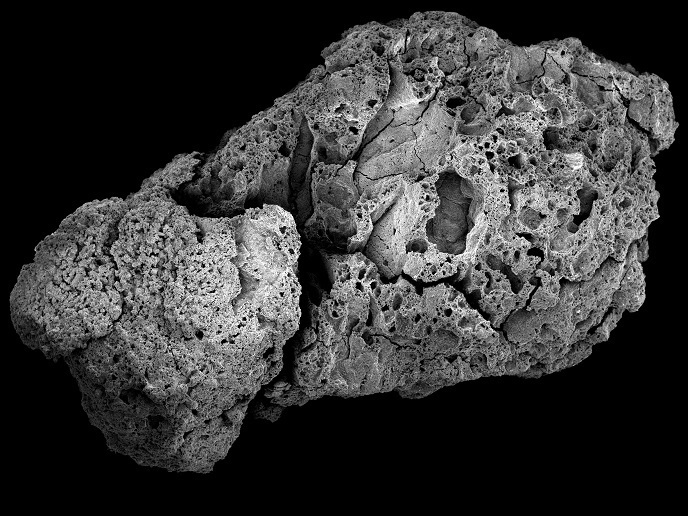The role of founder species before agriculture
The eight founder crops(opens in new window) refer to eight species: einkorn, emmer, barley, lentil, pea, chickpea, bitter vetch and flax. These have traditionally been considered the earliest cultivars – domesticated crops – and the species that early Neolithic agricultural communities in southwest Asia exploited and eventually spread to other regions. The EU-funded Founders project, with the support of the Marie Skłodowska-Curie Actions (MSCA) programme, set out to evaluate the role that the founder crops played before the development of Neolithic agriculture. “We aimed to evaluate how they were integrated into diet, eventually becoming key staple plant foods,” explains Amaia Arranz-Otaegui, MSCA fellow. To do this, the project moved beyond conventional archaeobotanical approaches and addressed this question through the interdisciplinary study of the charred food remains that last hunter-gatherer and first farming populations prepared and consumed. “Ultimately, we sought to provide first-hand revolutionary evidence with which to re-evaluate the factors that triggered the development of plant cultivation and domestication in southwest Asia, as well to improve the visibility of food remains in archaeology,” outlines Arranz-Otaegui.
The Neolithic period and plant-based subsistence strategies
The data and information gathered during the project are still under study. “Nevertheless, the available data shows that the last hunting and gathering and first farming communities in southwest Asia exploited a number of plant resources other than the founder crops, including species of the Cyperaceae(opens in new window) and Brassicaceae(opens in new window) families,” highlights Arranz-Otaegui. Additionally, cereals like wheat and barley and legumes such as lentil were identified, yet these were most commonly attested during the early Neolithic period. “While still preliminary, these results, along with a thorough revision of the archaeobotanical evidence accumulated to date, show that Epipalaeolithic hunter-gatherers rarely exploited the eight founder crop species,” reports Arranz-Otaegui. This changed during the Neolithic period when the use of cereals and pulses became more common, but even during the early agricultural phase, only some of these founder species were exploited with some regularity. “Overall, we conclude that the Neolithic was a dynamic time period that included multiple plant-based subsistence strategies, aside from agriculture, and the exploitation of many more species than the traditional eight founder crops,” confirms Arranz-Otaegui. The project also found that modern perspectives on human diet and agriculture have tainted our understanding of the origins of agriculture in southwest Asia, emphasising the importance of specific cereals and pulses and underestimating the use of other edible plant resources.
(Archaeological) food remains at the forefront of archaeobotanical research
The study of food remains in archaeology is rare. “This type of ‘amorphous’ remains are not systematically catalogued and analysed yet. This kind of project can therefore move the field of archaeology forward by putting food remains in the forefront of archaeobotanical research and highlighting their potential to provide first-hand empirical evidence on prehistoric plant-food preparation and consumption practices,” notes Arranz-Otaegui. In the long term, project work can build bridges between past and present food cultures. “The analysis of archaeological food remains has the potential to illuminate the origins of some of the foodstuffs that play a central role in our lives, and contribute key data to current discussions on the evolution of human diet, subsistence and cuisine,” concludes Arranz-Otaegui.







